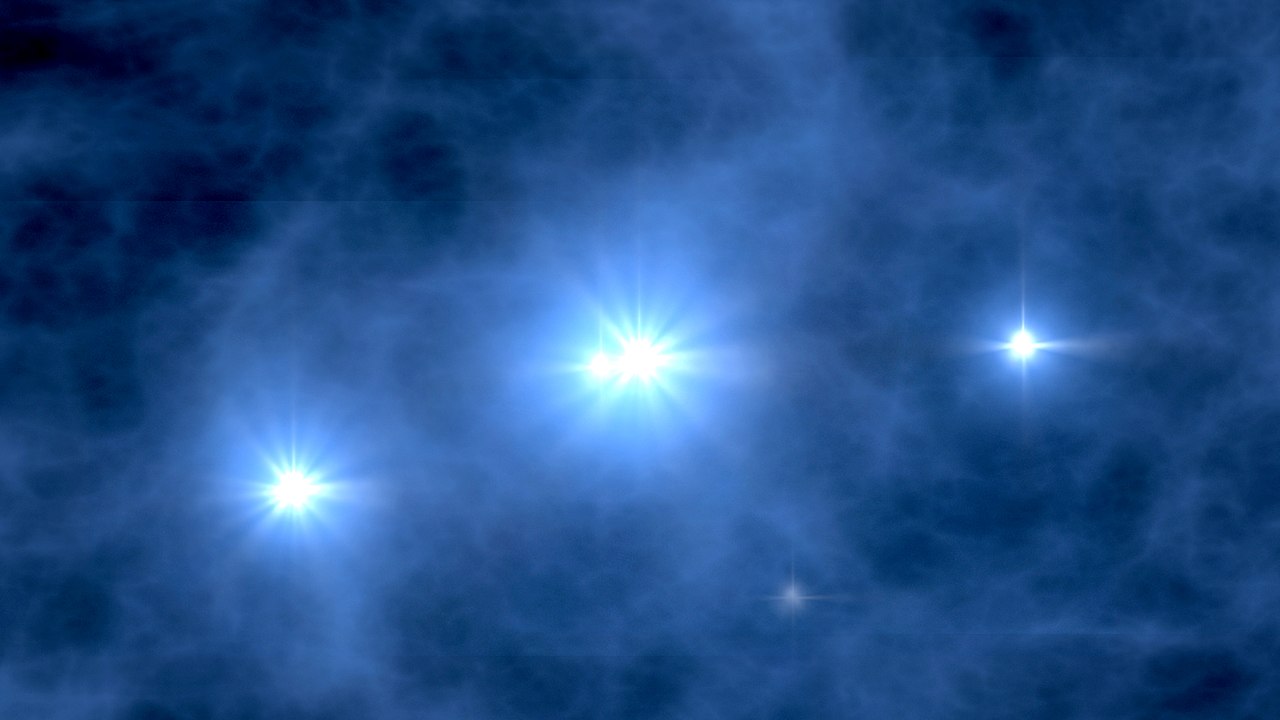Dark energy may evolve in time, and it may even connect through a new force of nature with dark matter. And a researcher believes that we may have already seen evidence for this.
We do not understand the nature of dark energy, which is the mysterious force that appears to be causing the universe to accelerate in its expansion. One hypothesis for dark energy is that it is a cosmological constant, which essentially amounts to a plain fact of nature. But other researchers are pushing in more interesting directions.
One possibility is that dark energy evolves with time, dramatically changing the acceleration rate of the universe as it does. But when we allow for dark energy to be dynamic, an immediate question pops up: what controls the evolution of dark energy? A possible answer to that is that it is somehow connected to dark matter through a new, fifth force of nature. Dark matter and dark energy co-evolve with each other, keeping each other in check.
These theoretical models have a lot of parameters which can change how dark matter and dark energy evolve with time. Thankfully we have a lot of very stringent cosmological observations that can put strict limits on how these models can evolve. And so the name of the game is to find models that agree with all existing observations but provide some new observation that will allow us to test the idea.
And a new paper does just that. In the paper Lu Yin, an astrophysicist at the Asia Pacific Center for Theoretical Physics in South Korea, examines a model of interacting dark matter dark energy known as interacting Chevallier-Polarski-Linder dark energy.
This model is tuned to match all existing observations with one additional twist. Back in 2018 a team of astronomers reported that the detection of a long sought-after radio signal from the formation of the first stars and galaxies. This signal is created by the emission of radiation from neutral hydrogen with a wavelength of precisely 21 cm. Those astronomers discovered that signal but found that the signal was twice as strong as could be accounted for in traditional cosmology.
This new research shows that a model where dark energy is evolving and is coupled to dark matter can potentially explain that signal, as well as agree with all other cosmological observations. Crucially, the interaction between dark matter and dark energy triggers the formation of stars and galaxies to occur earlier than it does in standard cosmology, which creates a stronger 21-cm signal. It’s not a slam dunk for this model, especially because that observational result has yet to be verified and is still disputed, but it is an intriguing direction.


I wouldn’t say that a model with “a lot of parameters” is interesting since that makes it both unlikely and able to explain “everything”. But possible and worth exploring in case data starts to constrains theory in unexpected directions.
On another tack, there is nothing wrong with facts of nature (which are rarely plain IMHO).